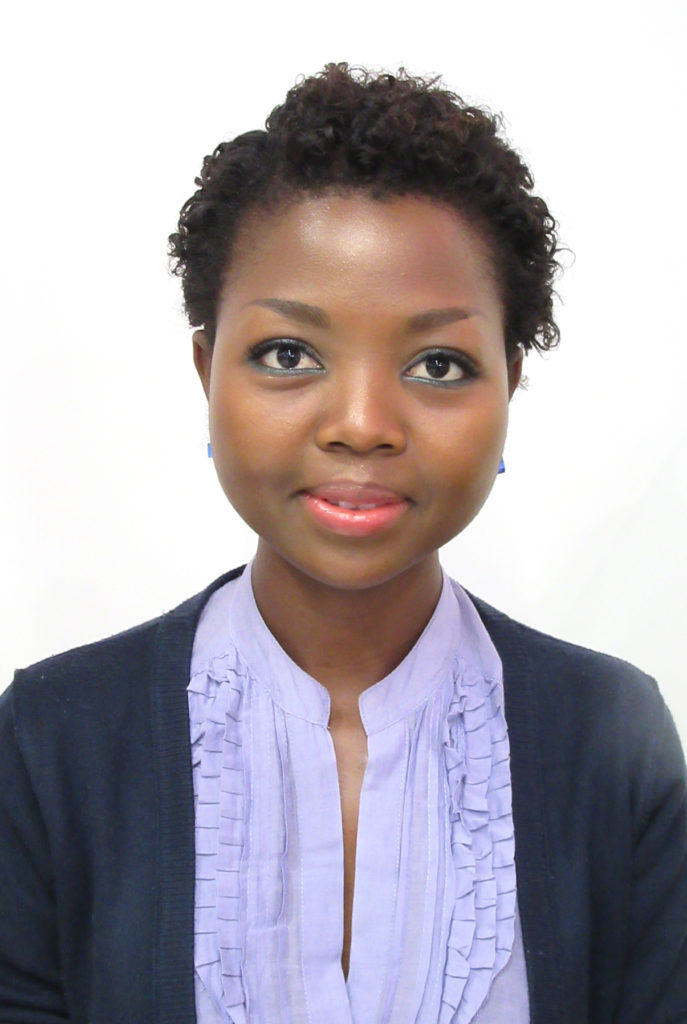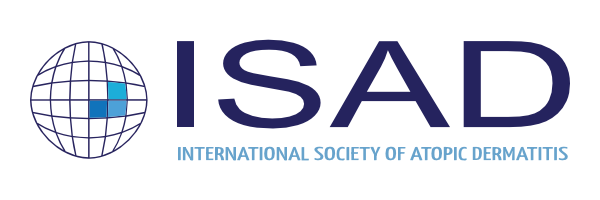
Nonhlanhla LUNJANI
July 2021
My project seeks to clarify the role of the microbiome in secreting metabolites that are detrimental – in the case of AD- or beneficial for host tissue and immune cells as has been described in other epithelial barrier sites. Microbial derived metabolites such as spermine and histamine have been identified in the lung and gut of asthmatic patients to the extent that these microbes are being pursued in pre-clinical and clinical trials as therapeutic targets for chronic inflammation.
One bacterial metabolite that may be of particular relevance to AD is histamine. Histamine contributes to AD inflammation. Using published metagenomic datasets, Prof Liam O’Mahony’s lab has identified the presence of bacterial genes required for generation of histamine on human skin. However, it is unknown which microbes express these genes, their functional relevance or potential association with disease processes.
The presumptive source of histamine are immune cells however exogenous sources of metabolites such as histamine have not been thoroughly explored, nor their potential contribution to pruritis, dryness and inflammation.
I am delighted to carry out this innovative research at the APC Microbiome Ireland in University College Cork with the generous support of the ISAD fellowship.

